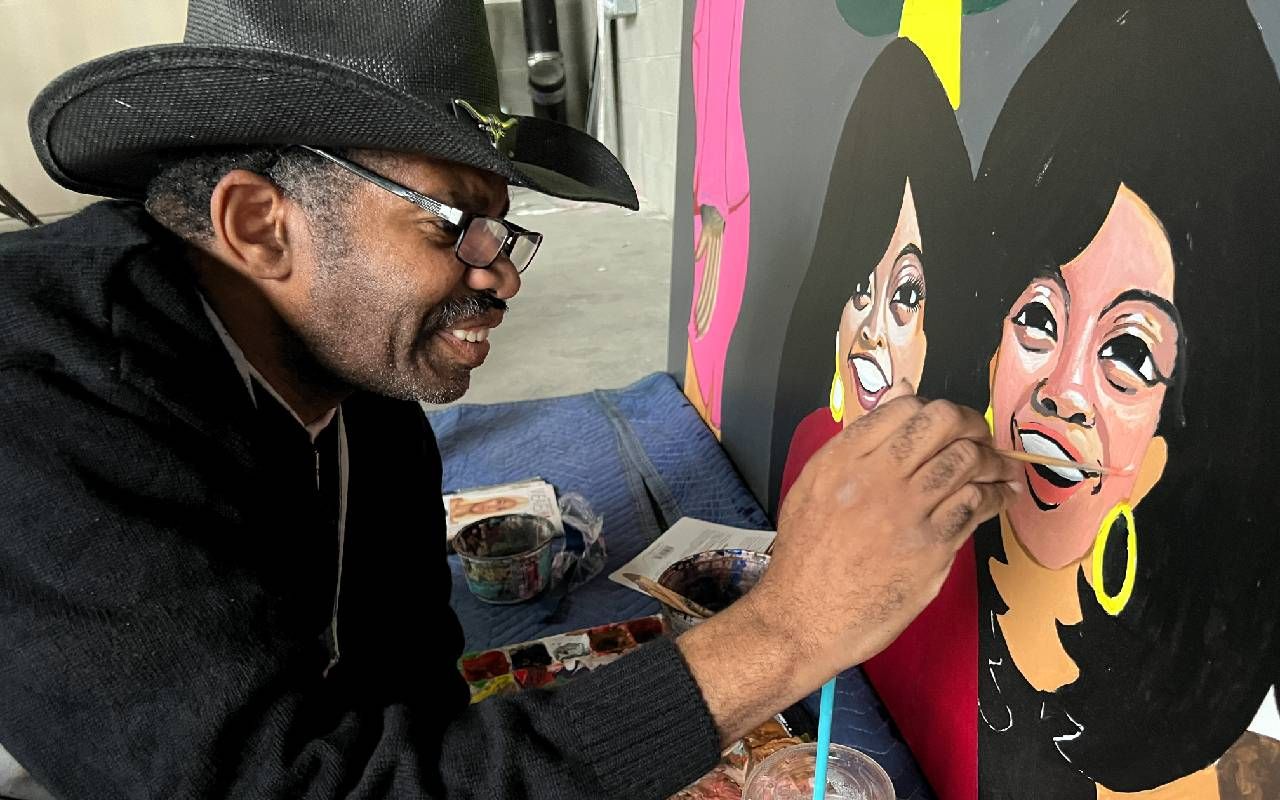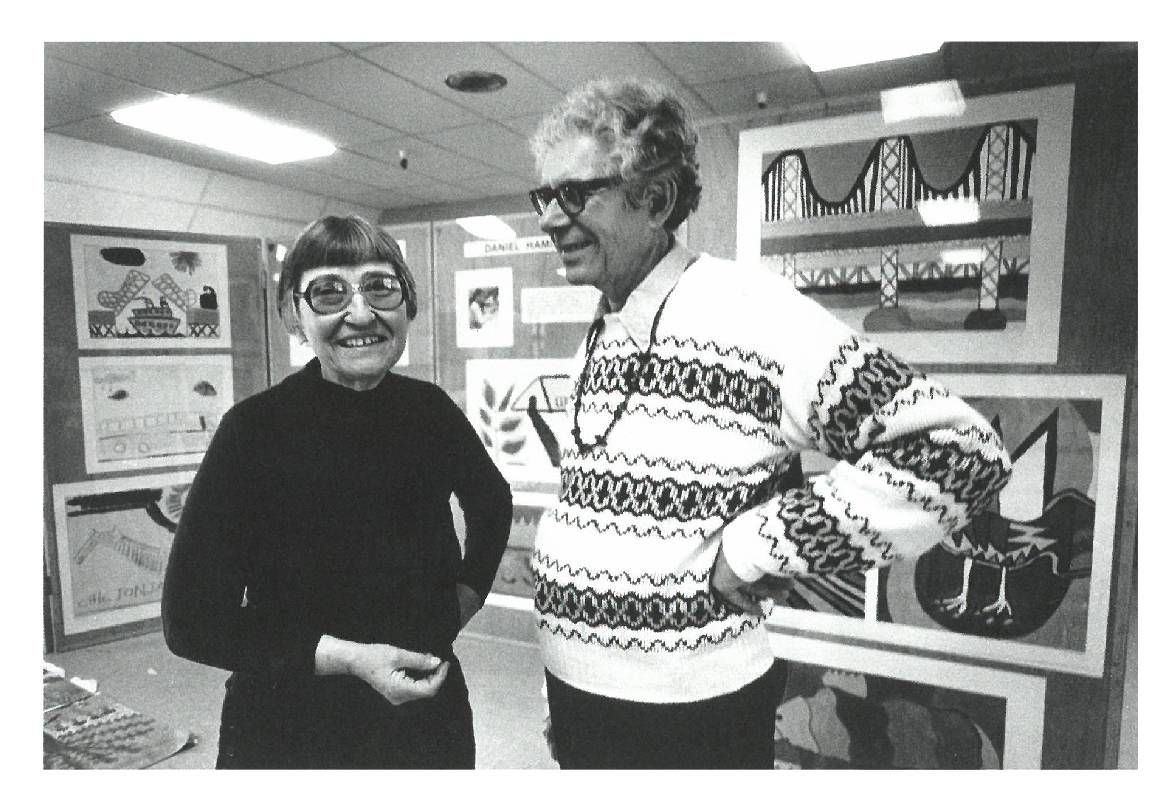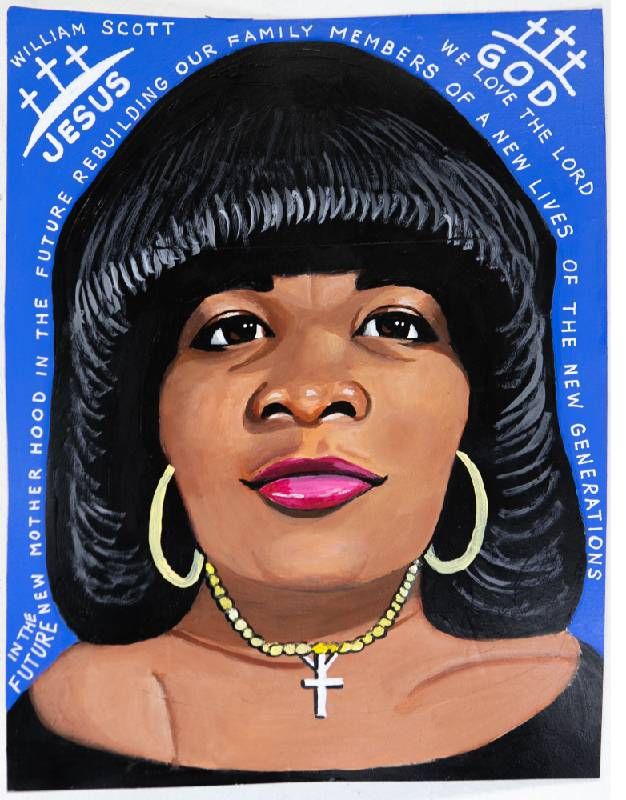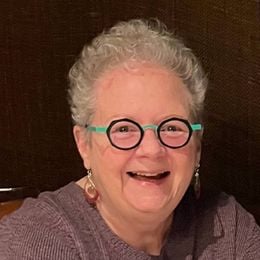San Francisco Museum of Modern Art to Showcase Works by Artists With Disabilities
The exhibit at SFMOMA will feature paintings and more by self-taught individuals nurtured at three nonprofit Bay Area art centers
When an exhibit that honors the emergence of the art and disability movement in the San Francisco Bay Area opens in April at the San Francisco Museum of Modern Art (SFMOMA), one disability arts advocate in particular will see a dream realized as works by local artists take their place in the contemporary art culture instead of being restricted to what he calls an "artistic ghetto."
That advocate is Tom di Maria, 65, director emeritus at the Creative Growth Art Center in Oakland, a nonprofit studio and gallery that provides arts opportunities for adults with developmental, intellectual and physical disabilities. The museum exhibit, "Creative Growth: The House That Art Built," opens April 6 and runs through Oct. 6, 2024.

"I was hired to expand the inclusion of artists with developmental disabilities in contemporary art, and this is a milestone exhibition, one that creates a different playing field," said di Maria, who joined Creative Growth 25 years ago. His hope is that the exhibit will "illustrate the context, show who the makers are and help visitors understand the work is strong because of the artists' lived experiences." That approach will allow museum-goers to appreciate "the richness of disability culture."
"This is a milestone exhibition, one that creates a different playing field."
Now in its 50th year, Creative Growth (see a video here) also is celebrating SFMOMA's recent acquisition of more than 100 works by artists affiliated with the studio. The museum also has acquired an additional 50 or so works from Creative Growth's two peer organizations: Creativity Explored in San Francisco and the NIAD (Nurturing Independence through Artistic Development) Art Center in Richmond, 18 miles north of San Francisco.
These acquisitions, the museum reports, make SFMOMA "home to one of the largest collections in the country of works by artists with disabilities" and provide "an historic moment of recognition for a group of artists long underrecognized by the art world."
Creative Growth's 'Radical' Beginnings in a Berkeley Garage
The museum will plan events that highlight their new acquisitions in the coming years, including art not necessarily part of the new exhibit. SFMOMA also will present a large commission by Creative Growth artist William Scott, 59, as part of the museum's "Bay Area Walls" series. Self-taught, Scott's works depict "alternative realities that stem from Scott's belief in the potential for positive human transformation" and address "wider questions of citizenship, community, and cultural memory."

Scott, 59, has had solo exhibitions in Sweden, London, New York and Paris, and his work is included in the permanent collections of several museums on both coasts.
Another prominent Bay Area museum — the Oakland Museum of California (OMCA) — recently paid tribute to all three studios with a multimedia presentation titled "Into the Brightness," which just closed after an eight-month run. Late in January, OMCA announced the museum has acquired more than 70 of the paintings, sculptures, videos, works on paper, textiles and more featured in the exhibit. Also, a work by an artist from Creativity Explored was part of a recent exhibit at the de Young Museum in San Francisco's Golden Gate Park.
Artist and art educator Florence Ludins-Katz and Dr. Elias Katz, a psychologist, founded the three studios, which di Maria called "such a radical idea." When California's then-governor Ronald Reagan deinstitutionalized developmentally disabled individuals in the late 1960s, leaving many of them homeless and with no resources, the Katzes were outraged. Convinced that art is fundamental to human expression and can offer a new path forward to normalization in society, in 1974 the couple set up a table of art supplies in the garage of their home in Berkeley.

"It was the first such program in the world," said di Maria. "This was at a time when most people did not interact with people with disabilities." Early on, the Katzes' vision for their new center included displaying artwork made there in a gallery where the public could see and buy it, and showing the art at festivals and street fairs.
'Something Therapeutic Happens by Making Art'
After 10 years, Elias Katz left Creative Growth and went on to found Creativity Explored and NIAD. "His idea was to set up programs in different areas," di Maria said. "Since then, some organizations have come to the Bay Area to learn how to start similar art centers in other cities, but we don't want to franchise. These art centers need to be supported where they are located by the people the centers serve."
"When the status quo says to be quiet because we don't see you as creative, we take away a person's voice, take them out of the social structure, make them 'other' — and that's a way to dismantle their civil rights."
Today, about 90 studio facilitators, all working artists themselves, are employed at the studios to encourage creativity in many media. "This model, run by artists, was revolutionary," di Maria said. "It's a different process from a recreational activity in an institution, with a different language — and that changes things."
He added that the facilitators, many that hold master's degrees in the fine arts, are not trained in art therapy. "Still, something therapeutic happens by making art — personal growth, communicative power, a sense of self-realization that allows a person to grow and find themselves. It's more a path of self-discovery."
Artist Em Kettner, a studio facilitator at NIAD, noted, "Historically, erroneously, the art world and the disability community have been held at separate poles. And it's wrong to expect them not to go together, as if disabled people haven't always been active in the art world." Kettner, 35, added that "disability advocacy is the center of my personal art career as well." Some of her works currently are on view in "Tender Loving Care: Contemporary Art from the Collection" at the Museum of Fine Arts, Boston.
Why Making Art Is a Civil Right
When a person decides to be creative and someone present wants to hear what they have to say, that empowers the artist, di Maria said, because the need and the desire to be communicative are so powerful. "When the status quo says to be quiet because we don't see you as creative, we take away a person's voice, take them out of the social structure, make them 'other' — and that's a way to dismantle their civil rights."

He added that disability rights advocates can advance their cause the same way as advocates in other social change movements. "You work hard to get a seat at the table where your voice will be heard, you assimilate a little and then once you're at the table, you raise your hand and say, 'Now I have something to say that I want you to hear.'"
Their voices heard and their rights acknowledged, individuals affiliated with Creative Growth, Creativity Explored or NIAD have access to supportive teaching artists, quality supplies and plenty of space to paint, draw, craft ceramics or experiment with woodworking, fiber arts, printmaking and digital media. From all accounts, each of the studios hums with the creative energy of artists at work.
"We are here to support them and their amazing capacity," di Maria said. "So many times, they've been told not to contribute, but we ask for their strength and perseverance, which they give us every day. That inspires us."


